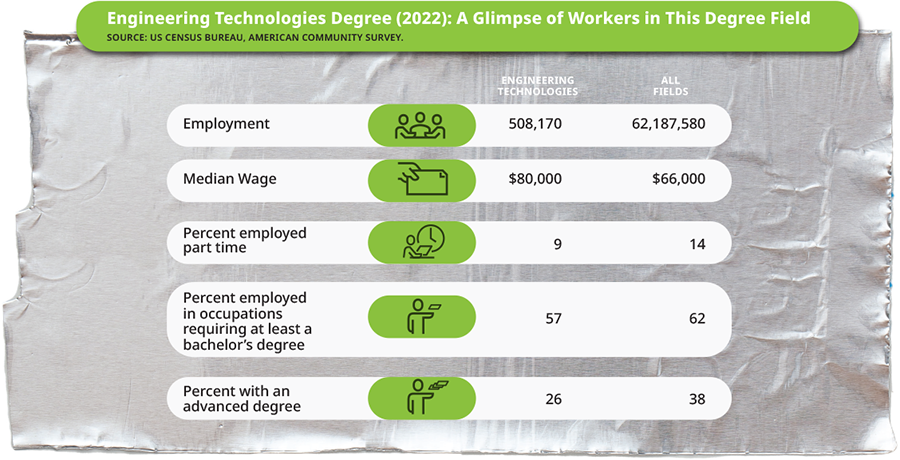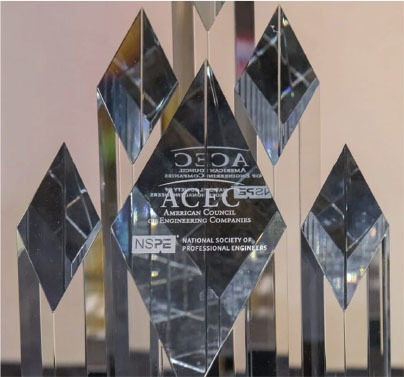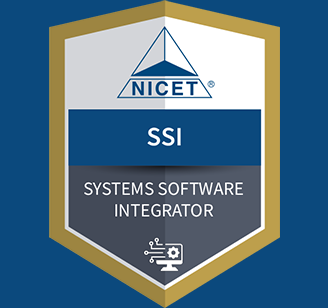January/February 2014
PE REPORT
Michigan Governor Signs Bill Permitting Electronic Seals and Signatures
 A bill written to allow licensed architects, professional engineers, and professional surveyors to use electronic seals and signatures when filing plans, specifications, plats, or reports with a public authority has been signed into law by Michigan’s governor.
A bill written to allow licensed architects, professional engineers, and professional surveyors to use electronic seals and signatures when filing plans, specifications, plats, or reports with a public authority has been signed into law by Michigan’s governor.
Sponsored by Republican Rep. Rob VerHeulen, H.B. 4585 was signed into law by Governor Rick Snyder on November 26 and took effect December 3.
“The bill is intended to modernize the submission process and provide greater efficiency,” Michigan Society of Professional Engineers Executive Director Nancy McClain, P.E., told PE magazine in November. “It is common practice for plans and reports to be prepared electronically, and allowing these professions to submit the plans using an electronic seal and signature, instead of requiring a handwritten signature and a seal affixed to a paper copy of the document, would modernize the business practices of many local units of government. Additionally, allowing the use of electronic seals and signatures would eliminate the need to store and maintain paper copies of documents and may lead to more efficient storage and retrieval of such documents.”
The Michigan Bureau of Construction Codes is rolling out a new process for accepting electronically submitted plans, permits, and other documentation. The new law was written, in part, to assist in the implementation of that process.
The Architects, Engineers and Surveyors Legislative Committee, of which MSPE is part, worked to introduce and move H.B. 4585 through the legislature beginning in February 2013. Before that time, however, the American Institute of Architects Michigan, also a member of the AESLC, spent several years working with the Bureau of Construction Codes to determine the best way to implement an electronic seals and signatures law.
The new law does not require plans and other documentation to be submitted electronically. Local governments without the technology to accept and store documents electronically are still able to require paper copies.


 Volunteering at NSPE is a great opportunity to grow your professional network and connect with other leaders in the field.
Volunteering at NSPE is a great opportunity to grow your professional network and connect with other leaders in the field. The National Society of Professional Engineers (NSPE) encourages you to explore the resources to cast your vote on election day:
The National Society of Professional Engineers (NSPE) encourages you to explore the resources to cast your vote on election day:










